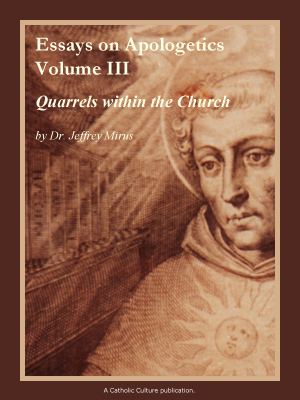Catholic Recipe: Letter banket
Also Called: St. Nicholas Cake or Puff Pastry
It is difficult to separate fact from legend in a story as old as that of St. Nicholas. We do know that he was bishop of Myra on the south coast of Turkey in the fourth century. He was imprisoned for his faith and some say martyred during the reign of Diocletian, the Roman Emperor. He was always kind to young people and became the patron saint of children, merchants and sailors, as well as of Russia. The best-known story about St. Nicholas tells how he provided money for dowries for three poor sisters so that they might be happily married. It is believed he died on December 6 in 326 A.D. and this day is commemorated each year in many countries.
In Germany, Holland, Switzerland, and France St. Nicholas visits children on his day. In some countries he is known by his nickname 'Santa Claus.' In Germany he appears in schools and will throw sweets or cookies called pernoten for the children to gather. The festival of St. Nicholas is seen as a community celebration, whereas Christmas is a family time. St. Nicholas, dressed in bishop's robes, asks the children questions about the Christmas story and whether they have been good or bad throughout the year. His companion, Black Peter, writes down the names of any children not knowing the right answers or who have been naughty. They are then urged to put the matter right before Christmas.
In Holland, St. Nicholas and Black Peter arrive by steamer at the port of Amsterdam. St. Nicholas rides a white horse and, followed by a procession of excited children, visits the town and gives presents to the children. In Dutch homes on St. Nicholas' Eve, the children wait with mounting excitement for the doorbell to ring. This is the signal for them to rush to the door to find the basket of presents which he has left on the step. In France, St. Nicholas travels by donkey and the children leave hay beside the fireplace as a treat for the animal. St. Nicholas' favourite drink, and therefore always part of the celebrations, is hot chocolate. In Germany he is given honey cake and in Holland they bake a marvelous St. Nicholas' cake of puff pastry filled with marzipan and nuts (letter banket). In the places where St. Nicholas calls there is always a large tray of assorted cookies ready for him and any other visitors that might call during the Advent season.
DIRECTIONS
1. Roll out the pastry to form a large rectangle and cut into strips about 12 in x 2 in.
2. Roll the marzipan into long 'sausages' (the thickness of a finger) about 12 inches long.
3. Lay the marzipan sausages on to the pastry strips. Dampen the edges of the pastry and roll around the marzipan.
4. Cut into pieces about 4 inches long and mould into initials or letters to form the words 'St. Nicholas' or any other words of your choice.
5. Put on to a greased baking tray and allow to stand for 30 minutes.
6. Bake in oven at 425 degrees for 10-15 minutes.
7. Transfer on to a cooling tray.
8. Make icing with the icing sugar and lemon juice, and ice the letters. Decorate with nuts and cherries.
Recipe Source: Feasting for Festivals by Jan Wilson, Lion Publishing Corporation, Batavia, Illinois, 1990






